Mason jars are timeless treasures cherished for their historical significance‚ versatility‚ and aesthetic charm. Collectors adore them for their rich history‚ practical uses‚ and unique designs‚ making them a delightful hobby.
What are Mason Jars?
Mason jars are glass containers with screw-on lids and rubber rings‚ originally designed for canning and food preservation. Their durable design and airtight seals make them ideal for storing food‚ crafting‚ and home decor. Available in various colors like blue‚ green‚ and clear‚ Mason jars are prized for their functionality and nostalgic appeal‚ making them a popular choice for both practical use and collectible treasures.
History of Mason Jars
Mason jars trace their origins to 1858 when John Landis Mason patented the screw-on lid and rubber ring design‚ revolutionizing food preservation. Initially used for canning‚ they became essential in households‚ fostering self-sufficiency. Over the years‚ brands like Ball and Kerr popularized Mason jars‚ adapting designs to meet changing needs while maintaining their timeless appeal‚ making them a cherished item for collectors and historians alike.
Why Collect Mason Jars?
Mason jars attract collectors due to their historical charm‚ artistic designs‚ and nostalgic appeal. They serve as functional items for canning and storage while also being decorative pieces. Rare colors‚ unique logos‚ and historical significance drive their value‚ making them a rewarding and enjoyable hobby for those who appreciate both utility and beauty in everyday objects.
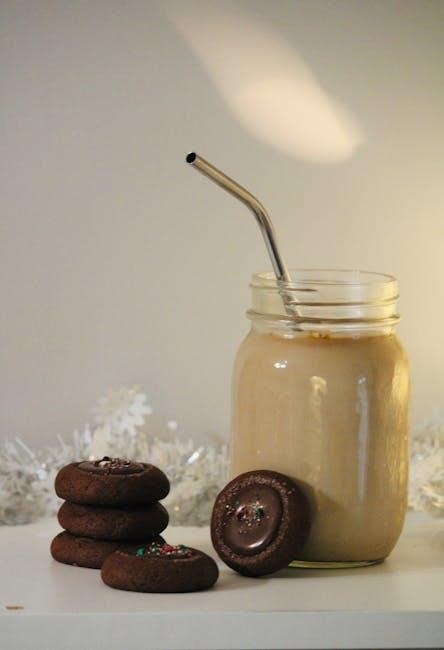
How to Identify and Date Mason Jars
Identifying and dating Mason jars involves examining logos‚ colors‚ sizes‚ and historical markings. These elements provide clues about the jar’s age and manufacturer‚ aiding collectors in determining its origin and value accurately.
Understanding Mason Jar Logos
Mason jar logos are key to identifying the manufacturer and age. Logos like the Ball “B” and Atlas “Strong Shoulder” designs vary over time; Early jars may lack logos‚ while later ones feature distinctive marks. The logo’s presence and style can help determine the jar’s era and brand‚ aiding collectors in dating and authenticating their finds. Researching logos is essential for accurate identification and valuation of Mason jars in a collection.
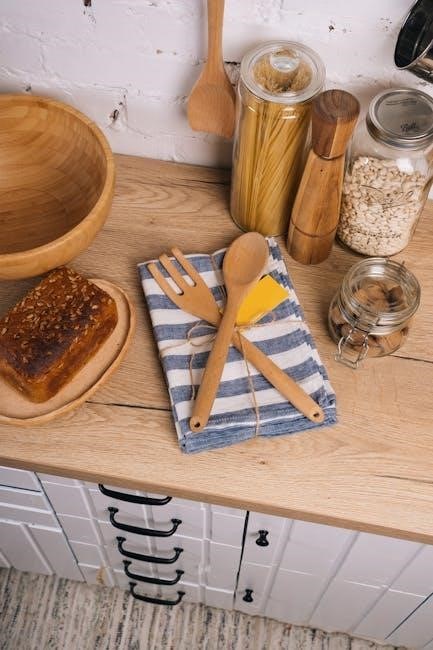
Using Color and Size to Determine Age
Mason jars’ age can often be determined by their color and size. Early jars frequently feature muted tones like aqua or blue‚ which were popular in the early 1900s. The color may fade over time due to sunlight exposure‚ with older jars potentially having a more subdued appearance. Size also plays a role‚ as certain capacities‚ such as half-gallon jars‚ were more common in earlier periods. Additionally‚ the jar’s shape‚ including rounded shoulders and neck design‚ can provide clues about its era. Comparing these elements to historical manufacturer timelines and examples helps estimate the jar’s age accurately.
Checking for Rarity and Unique Features
Rarity and unique features significantly influence a Mason jar’s value. Look for distinctive shapes‚ uncommon colors‚ or special markings. Early jars with cobalt blue or green hues are highly sought after. Unique features like embossed logos‚ odd sizes‚ or historical commemorative designs can also indicate rarity. Inspect for any unusual production marks or patents that set the jar apart. Rare jars often have limited production runs‚ making them treasured finds for collectors. Always research similar examples to confirm authenticity and value.
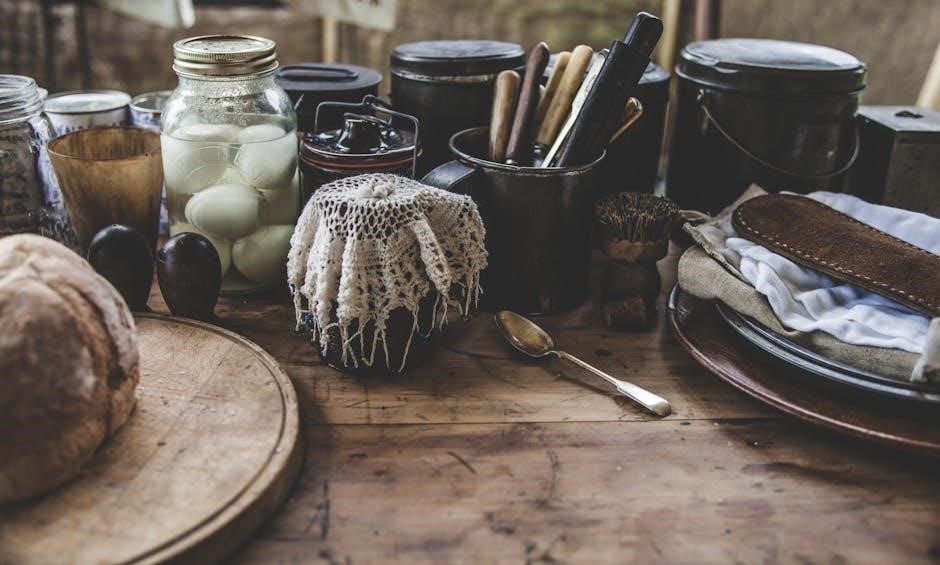
Determining the Value of Mason Jars
Mason jar value is determined by age‚ rarity‚ condition‚ and color. Antique jars‚ especially in blue or green‚ can fetch high prices due to their historical significance and demand among collectors.
Common Prices for Antique and Vintage Jars
Antique and vintage Mason jars vary in price based on factors like age and condition. Common jars from the early 20th century typically range between $20 to $50. Rarer examples‚ such as those in blue or green hues from the late 19th century‚ can sell for hundreds‚ even thousands‚ of dollars. Collectors often seek these rare pieces‚ driving up their value in the market.
Factors Influencing Value: Condition‚ Color‚ and Rarity
The value of Mason jars is significantly influenced by their condition‚ color‚ and rarity. Jars in pristine condition‚ with no chips or cracks‚ command higher prices. Color plays a crucial role‚ with rare hues like cobalt blue and emerald green being highly sought after. Rarity‚ such as limited production runs or unique designs‚ also boosts value. These factors combined make certain jars highly valuable to collectors and enthusiasts alike.
A Guide to Measuring and Matching Lids
Accurately measuring Mason jar lids ensures a proper fit. Techniques include using calipers‚ measuring diameters‚ and cross-referencing sizes. This maintains functionality and preserves the jar’s integrity.
How to Measure Jars and Lids Accurately
To measure Mason jars and lids accurately‚ start by determining the jar’s mouth diameter using a ruler or calipers. Standard sizes include regular (about 2.75 inches) and wide mouth (about 3.25 inches). Measure the jar’s height from base to rim‚ typically ranging from 5 to 10 inches. Ensure the lid matches the jar’s mouth size for a proper seal. Use a size chart to cross-reference measurements. Inspect for any chips or cracks that may affect fit. For precise matching‚ consider the jar’s intended use and condition‚ and refer to tutorials or guides for additional tips.
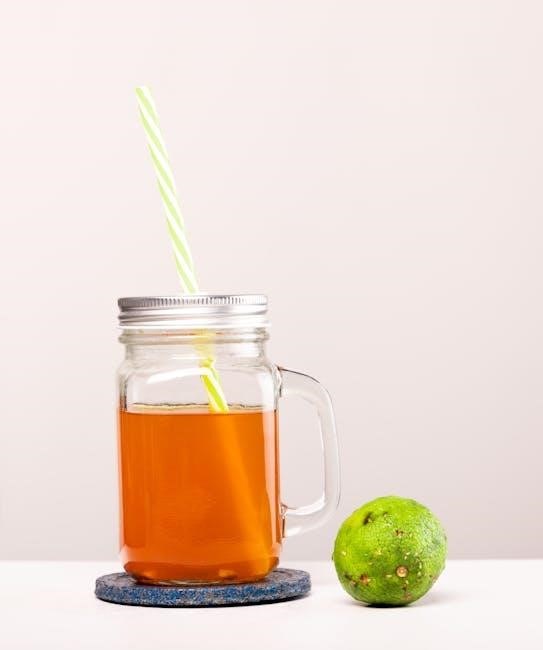
Finding the Right Lid for Your Jar
To find the right lid for your Mason jar‚ measure the jar’s mouth diameter and match it to the lid size. Most jars use standard two-piece lids‚ but ensure compatibility with the jar’s brand and era. Inspect lids for rust or dents‚ as these can prevent a proper seal. Vintage lids may require more patience to locate. Consider checking antique stores‚ online marketplaces‚ or collector communities for rare or specific lids. Always test the fit before purchasing to ensure a secure closure.
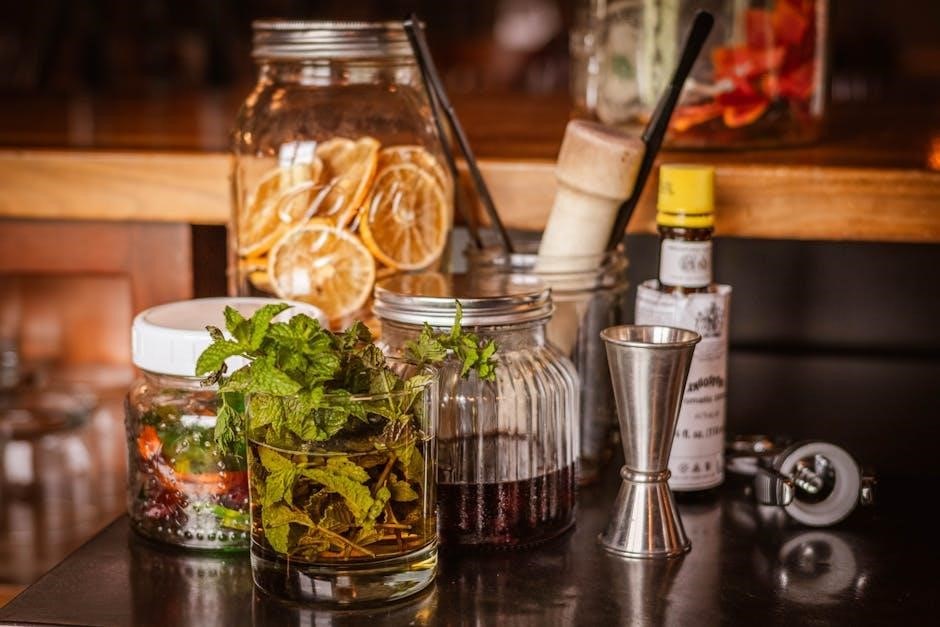
Popular Brands and Their Characteristics
Leading brands like Ball‚ Atlas‚ and Kerr offer distinct designs‚ logos‚ and production eras‚ making each jar unique and sought after by collectors for their historical charm.
Ball Mason Jars: History and Identification
Ball mason jars are iconic‚ with a history dating back to the late 19th century. Known for their distinctive logos‚ including the famous “Ball” script‚ they offer a clear way to identify age and rarity. Collectors often use logo changes to date jars‚ noting shifts from script to block letters. Early models‚ such as those from the 1900s‚ are highly prized. Their durability and timeless design make them favorites among enthusiasts‚ blending functionality with historical charm.
Atlas and Kerr Jars: Unique Features
Atlas and Kerr jars stand out for their distinctive designs and historical significance. Atlas jars are recognized by their “strong shoulder” profile‚ a hallmark of their early 20th-century production. Kerr jars‚ known for pioneering the glass-top lid‚ offer a unique collectible appeal. Both brands boast durable construction and timeless aesthetics‚ making them highly sought after by enthusiasts. Their unique features‚ such as logo variations and color options‚ add to their charm and value in the world of mason jar collecting.
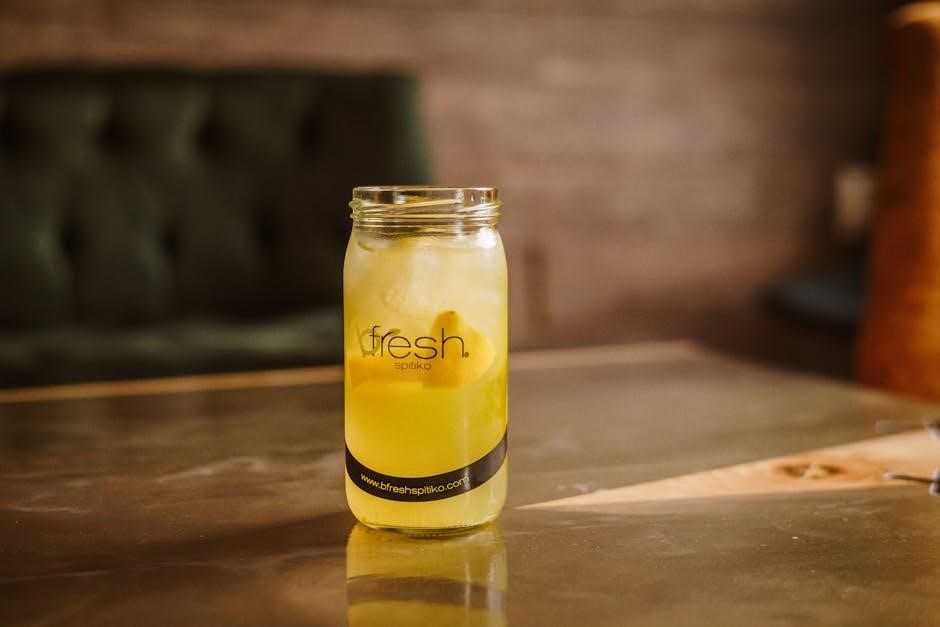
Restoring and Maintaining Mason Jars
Restoring mason jars involves gentle cleaning and careful repair. Use mild soap and soft brushes to remove grime. For chips or cracks‚ apply non-toxic adhesives. Regular polishing maintains their shine and preserves their condition for years‚ ensuring they remain functional and beautiful for display or use.
Cleaning and Removing Stickers or Labels
Cleaning mason jars requires care to preserve their finish. Start with warm soapy water and a soft sponge. For stubborn stickers or labels‚ soak the jar in hot water mixed with baking soda or vinegar. Use a plastic scraper to gently pry off residue without scratching the glass. Avoid harsh chemicals or abrasive materials that might damage the jar’s surface. Repeat if necessary until the jar is clean and free of any adhesive remnants.
Fixing Chips or Cracks
For minor chips or cracks‚ use a glass repair kit or clear epoxy to seal and stabilize the damage. Apply the adhesive carefully‚ following the product’s instructions‚ and let it dry completely. Avoid using harsh chemicals or abrasive materials that could worsen the damage. For hairline cracks‚ beeswax can temporarily prevent further spreading. However‚ if the jar is severely damaged‚ it may be best suited for decorative purposes rather than functional use. Always prioritize gentle methods to preserve the jar’s integrity.
Tips for Collectors
Start small‚ research thoroughly‚ and focus on jars that resonate personally. Join collector communities for insights and networking opportunities to enhance your collection journey.
Where to Find Mason Jars
Mason jars can be found at antique stores‚ flea markets‚ estate sales‚ and online marketplaces. Antique shops often carry rare and vintage jars‚ while flea markets offer unique finds. Online platforms like eBay and Etsy provide a wide selection‚ including hard-to-find pieces. Estate sales are another great source for discovering hidden gems. When searching‚ inspect jars for chips‚ cracks‚ or worn logos‚ and negotiate prices when possible. Collectors often find success by combining online and in-person hunting strategies.
How to Store and Display Your Collection
To preserve your Mason jar collection‚ store jars in sturdy boxes with protective lining to prevent breakage. Display them in glass-front cabinets or on decorative shelves to showcase their beauty. Clear jars can be left empty or filled with seasonal items‚ while colored jars should be handled with care to maintain their vibrancy. Consider rotating your collection to highlight different pieces and keep the display fresh; Avoid humid areas to prevent mold growth inside the jars.
Seasonal and Creative Uses for Mason Jars
Mason jars offer versatile uses beyond canning‚ including seasonal decor‚ DIY crafts‚ and storage. Their charm enhances any setting‚ making them a creative essential for all occasions.
Using Mason Jars for Canning and Preserving
Mason jars are ideal for canning and preserving due to their airtight seals and durable design. Start by sterilizing jars in boiling water. Pack prepared food‚ leaving proper headspace. Add lids and rings‚ then process in a boiling water bath. This method is perfect for jams‚ pickles‚ and high-acid foods. Always follow tested recipes for safety. Regularly check seals to ensure they’re airtight. Properly stored jars can keep food fresh for years‚ making them a reliable choice for home preservation.
DIY Crafts and Decorative Ideas
Mason jars offer endless possibilities for DIY projects and home decor. Transform them into charming lighting by adding fairy lights or candles inside. Use them as vases for fresh flowers or greenery. Paint or decoupage jars for a personalized touch. They also make great organizers for small items like buttons or beads. For seasonal decor‚ fill jars with pinecones‚ ornaments‚ or themed decorations. Their versatility makes them a staple for crafters and decorators seeking unique‚ budget-friendly ideas.
Mason jar collecting is a rewarding hobby‚ blending history‚ creativity‚ and personal satisfaction. Whether for display‚ crafting‚ or practical use‚ these jars bring joy and timeless charm.
Final Tips for Successful Collecting
To build a thriving Mason jar collection‚ research thoroughly‚ focus on condition and rarity‚ and store jars properly. Seek out rare colors and unique logos‚ as these often hold higher value. Network with other collectors and attend auctions or flea markets for hidden gems. Always inspect for chips or cracks‚ and authenticate items before purchasing. Patience and knowledge are key to making smart‚ satisfying additions to your collection. Stay informed and enjoy the hunt!
The Joy of Owning a Mason Jar Collection
Owning a Mason jar collection brings immense satisfaction and a deep connection to history. Each jar tells a story‚ reflecting craftsmanship and timeless design. Collectors find joy in the hunt‚ discovering rare pieces and learning their origins. Displaying jars sparks conversations and admiration‚ while their functionality adds practical charm. Whether used for canning‚ decor‚ or simply cherished as antiques‚ Mason jars enrich daily life with their elegance and enduring appeal‚ making every collection a treasured legacy.

